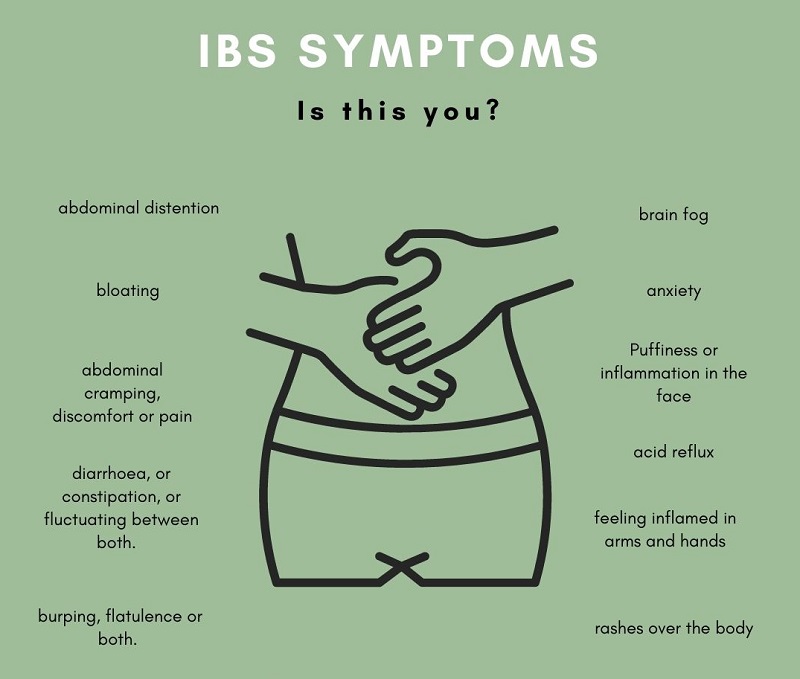Red Rice vs Black Rice: Unraveling the Nutritional Showdown
In the world of whole grains, red rice and black rice have gained attention for their distinct colors and potential health benefits. As health-conscious individuals seek the best options for their diet, the question arises: is red rice healthier than black rice? In this blog post, we’ll embark on a journey to compare the nutritional profiles of red rice and black rice, helping you make an informed decision about incorporating them into your diet.
Exploring Red Rice
Red rice derives its name from its reddish-brown bran layer, which gives it a distinctive appearance. This bran layer is rich in antioxidants like anthocyanins, the same compounds found in red and purple fruits. These antioxidants are known for their potential health-promoting properties and contribute to red rice’s potential benefits.
Unveiling Black Rice
Black rice, also referred to as forbidden rice, stands out with its deep black or purplish hue. Like red rice, black rice is rich in anthocyanins, which contribute to its vibrant color and potential health advantages. Black rice is a whole grain that has retained its bran and germ layers, making it more nutritious than refined white rice.
Red rice and black rice are both whole grains that are high in nutrients. They are both good sources of fiber, protein, and vitamins. However, there are some key differences between the two types of rice that may make one healthier than the other.
Nutritional Comparison
The following table compares the nutritional content of red rice and black rice:
| Nutrient | Red Rice | Black Rice |
|---|---|---|
| Calories | 170 | 180 |
| Total Carbohydrates | 36 grams | 34 grams |
| Fiber | 5 grams | 4 grams |
| Protein | 3 grams | 3 grams |
| Manganese | 86% of the DV | 82% of the DV |
| Magnesium | 36% of the DV | 32% of the DV |
| Phosphorus | 26% of the DV | 24% of the DV |
| Iron | 18% of the DV | 17% of the DV |
| Zinc | 15% of the DV | 12% of the DV |
As you can see, red rice and black rice are very similar in terms of their nutritional content. However, red rice is slightly higher in manganese and phosphorus.
Antioxidant Content
One of the key differences between red rice and black rice is their antioxidant content. Red rice is higher in anthocyanins, which are a type of antioxidant that gives red rice its characteristic color. Anthocyanins have been shown to have a number of health benefits, including reducing inflammation and protecting against cancer.
Glycemic Index
The glycemic index (GI) is a measure of how quickly a food raises blood sugar levels. Red rice has a lower GI than black rice, which means that it releases glucose into the bloodstream more slowly. This makes red rice a better choice for people with diabetes or who are trying to control their blood sugar levels.
So, is red rice healthier than black rice? The answer is not clear-cut. Both types of rice are healthy and have their own unique benefits. Ultimately, the best type of rice for you will depend on your individual needs and preferences.
If you are looking for a rice that is high in antioxidants and has a low GI, then red rice is a good choice. However, if you are looking for a rice that is high in fiber and protein, then black rice is a good choice.
It is also important to note that the way rice is cooked can affect its nutritional content. For example, brown rice that is cooked in excess water will have a higher GI than brown rice that is cooked in less water.
The best way to get the most out of red rice or black rice is to cook it according to the package directions and enjoy it as part of a balanced diet.













